Shocking Technology!
Static Clean International has developed a new breed of transformer-based high-voltage line-frequency AC power supplies (e.g. TSN75A and TNS75E 7500Vac PSs) relying upon patent-pending technology for application in ionizing equipment. This new technology has been so far applied within SCI static-neutralizing equipment systems and within SCI ionizing blowers.
The longstanding conventional technology within the industry relies upon the use of sound-muffling and corona-resistant materials to pot over the underlying iron-core transformer. The high-voltage secondary winding of the iron-core transformer generates partial discharge of encapsulated air bubbles at normal operating voltages. This limits MTBF of such equipment due to eventual chemical breakdown of the organic polymers subjected to the continuous slow and insidious damage from corona.
The user HV connections (if applicable, as in some static-neutralizing systems with HV-cable user-mounted components) in the conventional power supplies also require proprietary methods and tooling to fabricate the secondary section of the transformer that are only used within the ionizing equipment industry for the most part.
Warning! High Voltage..
SCI\’s new technology is a form of resistive coupling between transformer secondary winding and ionizing electrodes circuitry. It enables the use of more common transformer fabrication methods and raises the partial-discharge inception voltage (aka PDIV) to levels above normal operating voltage for the equipment. It provides some regulation (i.e. high-voltage stability) for non-ferroresonant HV transformer topologies, and it enables the quick-connect/disconnect de facto standard (threaded spring-contact) for ionizing equipment systems that contain a user-mounted HV-wire component as well as similar equipment-internal spring-contact HV connections that are desirable for assembly and reliability.
We at SCI believe that a superior cost-performance-quality trade-off can be achieved with the new transformer/resistive-coupling methods for some products, and are continuing with ongoing new product development based upon this proprietary technology and provides a high reliability solution. New products in the field have demonstrated excellent robustness with respect to the common failure mode of HV-secondary dielectric breakdown.


